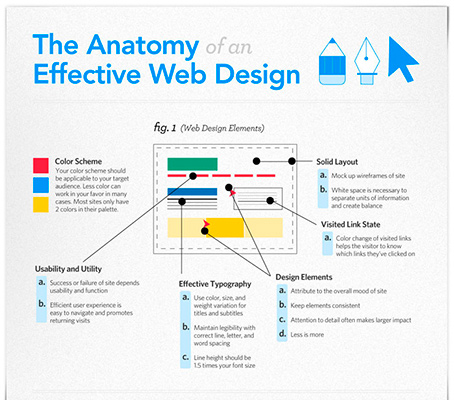Using The Stamina Of Visual Power Structure In Site Creation
Using The Stamina Of Visual Power Structure In Site Creation
Blog Article
Write-Up Author-Korsgaard Schwartz
Think of a site where every aspect competes for your focus, leaving you feeling overwhelmed and unclear of where to focus.
Currently picture a web site where each aspect is carefully organized, assisting your eyes easily with the page, supplying a seamless customer experience.
The difference hinges on the power of aesthetic hierarchy in web site style. By purposefully arranging and prioritizing elements on a page, designers can create a clear and user-friendly path for individuals to comply with, ultimately boosting involvement and driving conversions.
However just how specifically can you harness this power? Join us as we explore the concepts and strategies behind effective visual pecking order, and discover just how you can boost your site layout to new elevations.
Understanding Visual Power Structure in Website Design
To effectively communicate details and overview customers through a website, it's critical to understand the concept of aesthetic hierarchy in web design.
Aesthetic pecking order refers to the setup and organization of elements on a web page to stress their significance and create a clear and user-friendly individual experience. By developing a clear visual pecking order, you can route users' attention to one of the most important information or actions on the web page, improving functionality and interaction.
This can be attained through numerous design methods, including the critical use of dimension, shade, contrast, and positioning of components. For example, bigger and bolder elements typically bring in more focus, while contrasting colors can develop aesthetic contrast and draw focus.
Principles for Effective Aesthetic Pecking Order
Comprehending the concepts for reliable visual hierarchy is vital in producing an easy to use and appealing internet site design. By following these concepts, you can make sure that your web site efficiently interacts details to individuals and guides their focus to one of the most crucial elements.
One concept is to utilize size and scale to develop a clear aesthetic hierarchy. By making essential components bigger and more popular, you can draw attention to them and overview users with the web content.
Another principle is to utilize contrast effectively. By utilizing contrasting simply click the next site , fonts, and forms, you can develop visual distinction and highlight crucial info.
Furthermore, the principle of proximity suggests that related aspects ought to be grouped together to aesthetically connect them and make the internet site a lot more arranged and easy to browse.
Implementing Visual Hierarchy in Web Site Layout
To execute aesthetic pecking order in site design, prioritize important elements by adjusting their size, color, and placement on the page.
By making crucial elements bigger and much more popular, they'll normally draw the individual's interest.
Use contrasting colors to produce visual contrast and stress crucial information. For instance, you can use a bold or dynamic shade for headings or call-to-action buttons.
In addition, think about the setting of each element on the page. organic search engine optimisation on top or in the facility, as individuals have a tendency to focus on these locations first.
Conclusion
So, there you have it. https://www.entrepreneur.com/article/417256 resembles the conductor of a symphony, assisting your eyes with the web site layout with finesse and panache.
It's the secret sauce that makes a site pop and sizzle. Without it, your layout is simply a cluttered mess of random aspects.
But with aesthetic power structure, you can produce a work of art that grabs focus, interacts efficiently, and leaves a lasting impression.
So go forth, my friend, and harness the power of visual power structure in your web site design. Your target market will certainly thanks.
